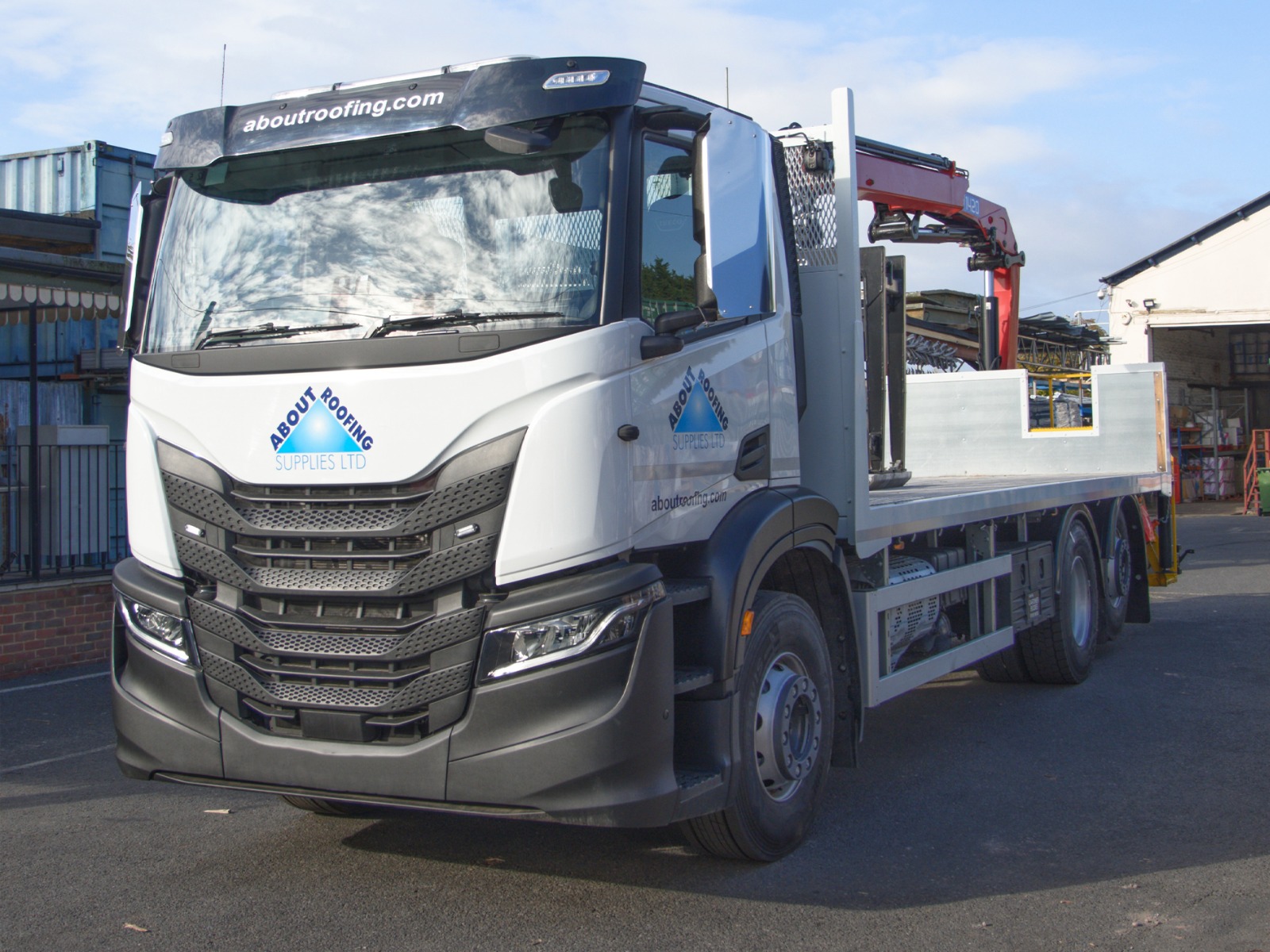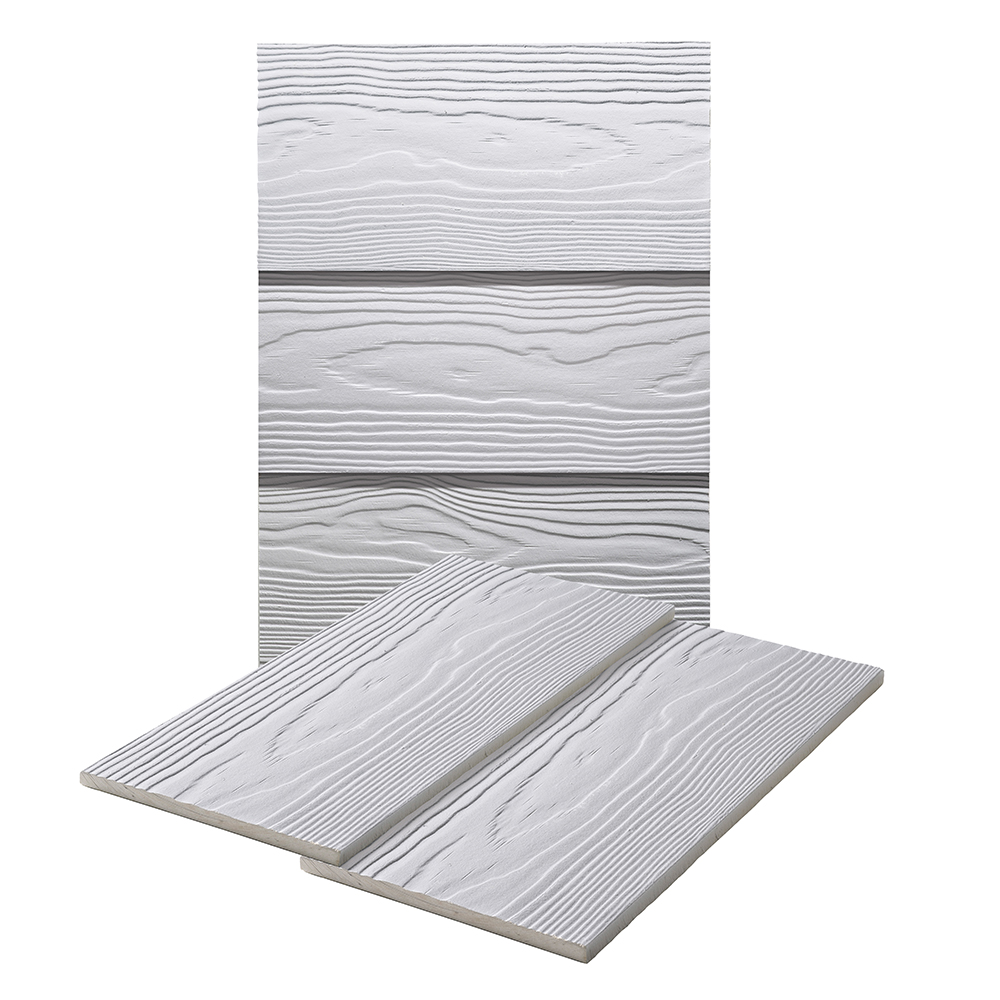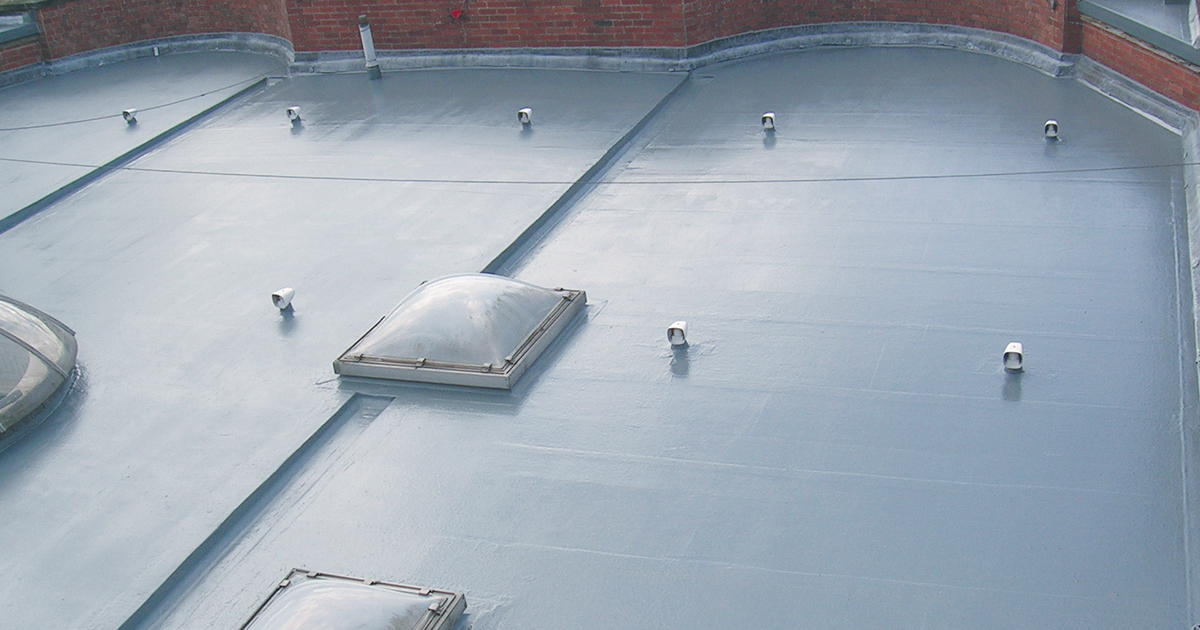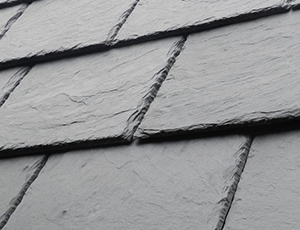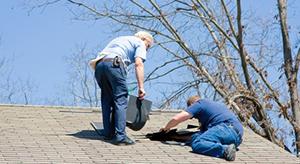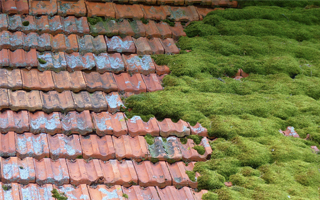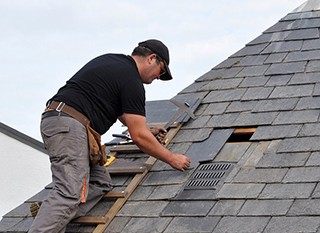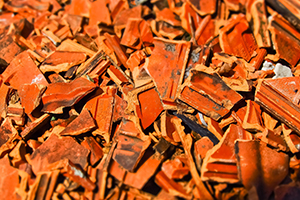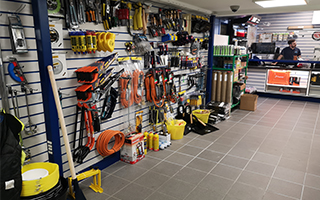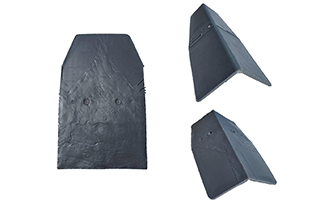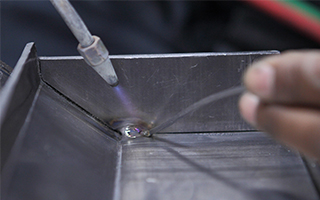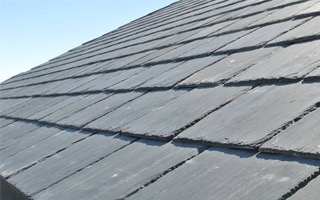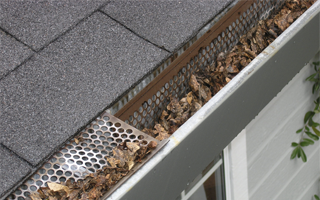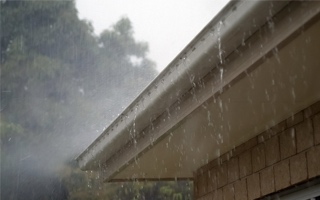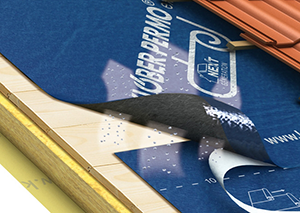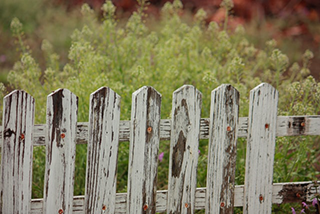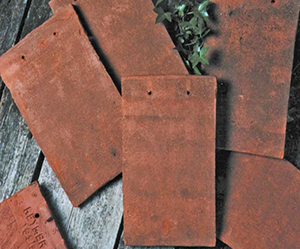As the summer draws to a close, gardeners turn their attention not so much to plants and flowers, but to all those odd jobs around the garden that have been put on the back-burner while we've enjoyed the warmer weather. One of these is how to put up a garden fence.
Erecting a garden fence is a useful way to section off your garden or to mark its boundary. Most people have some form of fencing in their gardens and whether you are thinking of replacing old or broken fencing or starting from scratch, understanding how to put up a garden fence that will not only look good but will last is essential.
Everything you need to know on how to put up a garden fence including equipment & instructions
Your fence doesn't just have to be for practical purposes; you can add plants and other features to ensure it is colourful and attractive or cover it with climbers to help it blend seamlessly into your garden. You can paint it a bright shade and even add decorative outdoor lighting to make it a focal point that keeps your garden looking great all year round.
However, let's start with the practical things that you'll want to do to make sure that your fence is sturdy and properly erected to ensure it stays put. Here is our step by step guide to help you.
A step by step guide to installing a garden fence
Fencing equipment
Before you start, you need to ensure you have all the correct material to erect your fence. Here is a list of things you'll want to buy:
- Fence panels
- Fence posts and supports
- Spirit level
- Tape measure
- String
- Claw hammer
- Varnish brush
- Weedkiller and Exterior Wood Preserver
- Sledgehammer
- Saw
- Screwdriver
How to select your garden fence type
You also need to decide what type of fence is best for the aesthetics and purpose. There are many different fencing types to choose from, including superior lap fencing, featheredge fencing, picket fencing, and trellis. Each has unique properties, and you need to work out which will best suit your garden. Suppose your garden fence needs replacing or repairing on a terraced house. In that case, you should first check your property deeds to ensure that the fence is your responsibility rather than your neighbours, and remember, you'll need planning permission for fences that are over 2m high.

How to select your garden posts
You can choose between concrete, metal, or wooden fence posts to support your fence and keep it upright. Concrete posts are strong and robust though they take more work to put up. Wooden posts can be handled more easily; however, these are buried in the ground instead of stuck in metal containers (like concrete posts would be) and therefore are subject to rot over time. Metal post supports are a good in-between option as they are easy to work with but shouldn't rot.
How to calculate the post lengths
Once you have decided on the post type, you need to make sure that the post length is correct.This will depend on the height you wish to achieve. Because wooden posts will be buried in the ground, you must allow extra length for this. Remember that posts need to be longer than the fence paneling. If you're burying wooden posts in concrete, you'll need 8ft (2.4m) posts for a 6ft (1.8m) fence - i.e., your posts are 2ft (0.6m) longer than the fence height.
Buying the right number of panels
Next, you need to work out how many fence panels you need. Typically a fence panel will be 6ft wide, though they do sometimes come in varying lengths, so it is essential to check this before you buy. Measure the area that you are fencing off and then divide by the panel's width to make sure you get enough to complete the fence. However many fence panels you need, order the same number of gravel boards to place at the bottom, and remember you need an extra fence post to go at either end of your fence, so it is entirely supported.
How to prepare your garden
First, you should make sure that any weeds and other plants and vegetation have been removed from the area where you wish to erect the fence. Use string and pegs to mark out the space before you begin. Next, make sure you have checked the location of any water pipes or cables. If you can't be certain, it is best to consult your local council before beginning work.
Spike out the area and fix your posts
After you have done the above, you need to spike out the area with spikes or bolt socks by driving them into the ground with a sledgehammer. Then it is time to fix the posts. The holes for fence posts need to be 2ft deep and three times wider than the post. For example, if your post is 4in, the hole needs to be 12in wide. Dig a hole for each post, measuring out the space for the fence panels in between. Once you have placed your posts, you can use concrete, broken brick or earth to keep them in place. If using concrete, this should come to just above ground level and set before you attach the fence panels.
How to fix the fence panels
After your posts are in place, you need to fix the panels in place. It's a good idea to ensure that wooden panels don't touch the ground so they won't rot. Treated gravel boards underneath them can help to ensure this doesn't happen, and be sure to use stainless steel screws that won't rust.
When they have been placed, you can trim the tops of wooden panels to ensure a perfectly level height all the way across. Next, screw on a post cap.
Once your fence is up, you can now decide how to make it fit in with your overall garden design. You can choose to paint it, stain it, or train plants to grow over it for a more natural look.
The ideal time to put up a garden fence is in early spring or autumn, so if you are thinking of erecting a garden fence, don't delay!
Pricing & availability
To discuss pricing and the availability of fencing, please call us on 01737 763008 or email us here.
Where can I find garden fencing near me?
You can view and order garden fencing, as well as our wide range of garden materials in any of our branches listed below or we can deliver nationwide:


